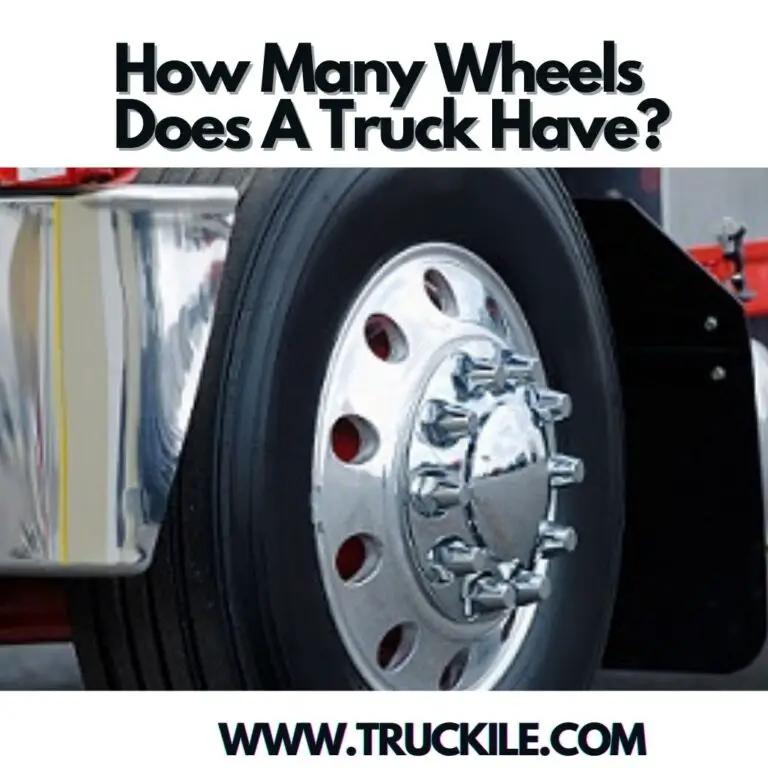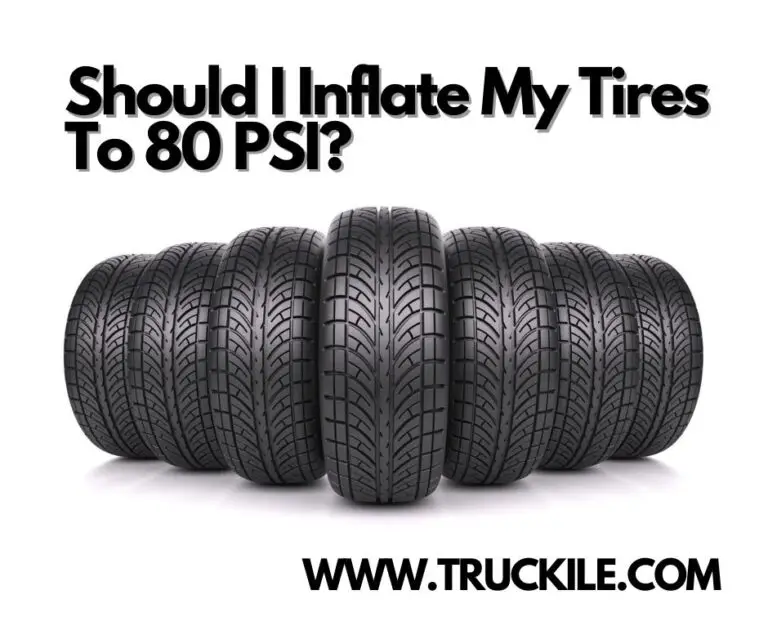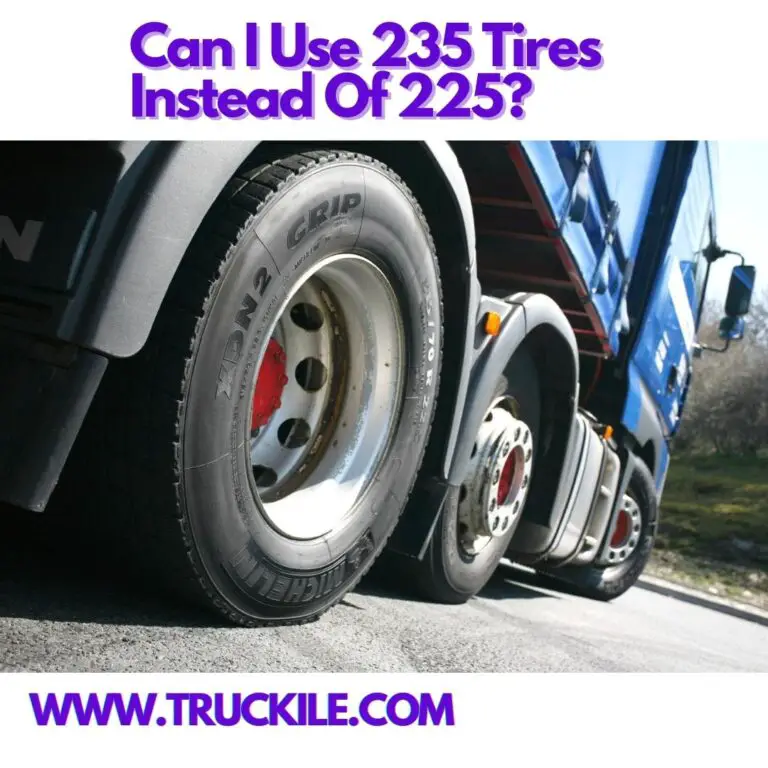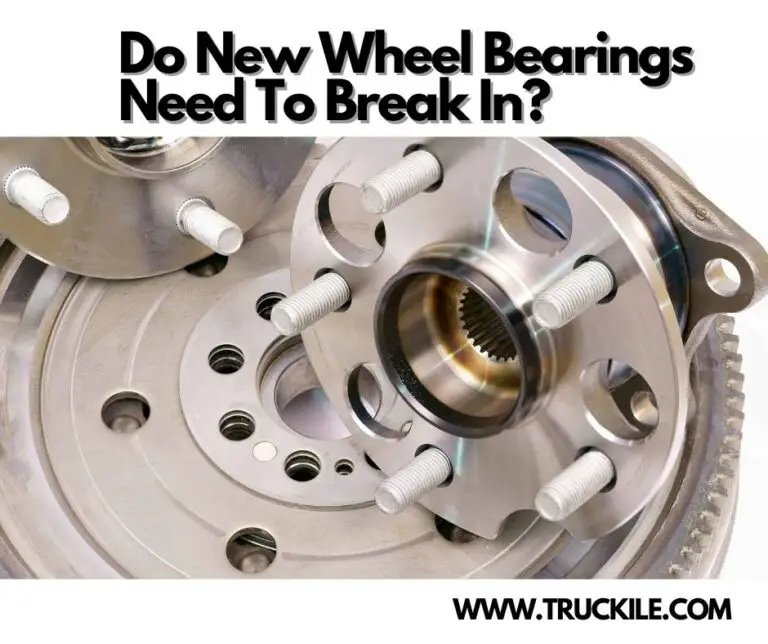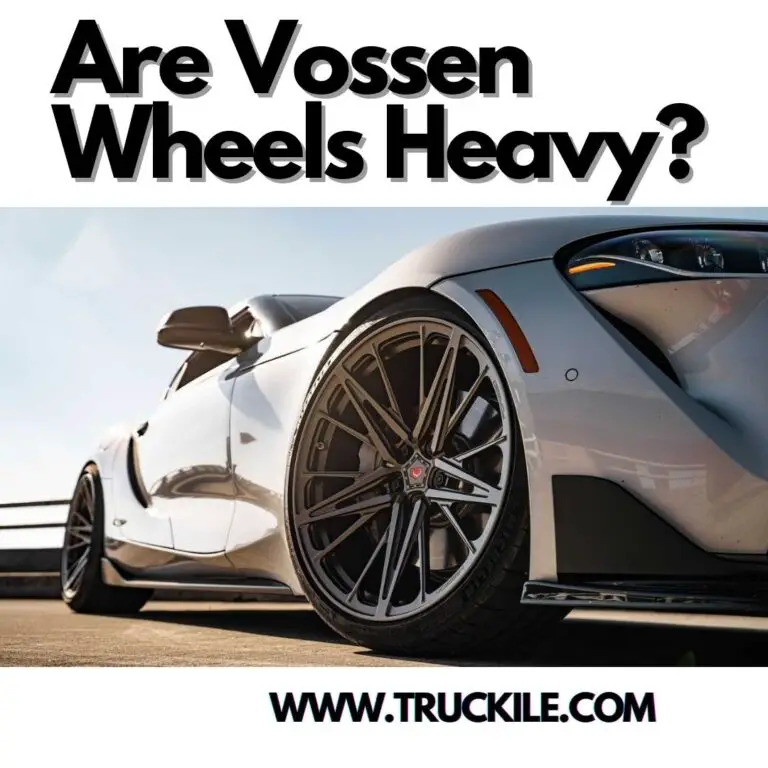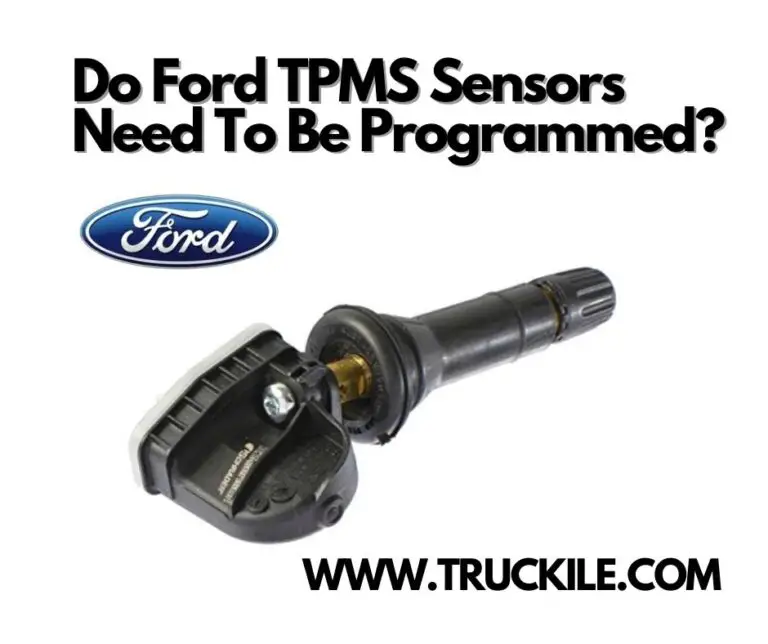How Much Should I Spend On Rims?
How Much Should I Spend On Rims? Have you, one way or the other, asked yourself that question — because you’re trying to make a budget for buying rims? If you ask yourself that, who answers? 🙂 This is why we’re taken the burden upon ourselves to provide a response to this question and give you a clear idea of what rims are.
Ready? Let’s cut to the chase.
How Much Should I Spend On Rims?
For rims, here’s what you should keep as a budget:
- Steel: starts from $30 per wheel
- Alloy: starts from $50 per wheel
- Chrome: starts from $100 per wheel
Types Of Rims
The leading thing that determines the price attached to your rims and wheels are the various materials used in manufacturing them. There are up to three basic rules of rims from which you can choose.
1. Steel
Steel rims and wheels have been in existence for years, and they are super widespread. Several years back, you would be able to find steel rims on any car, from minivans to supercars. However, alloy rims — in recent years — have outperformed steel rims, so people now prefer alloy rims. Today, they are a perfect fit for compact and subcompact cars. Among the several upsides to steel, the biggest one of them is they are the cheapest — in other words, they are the top option that’s budget-friendly.
As a matter of fact, depending on your wheels’ size, you can purchase steel rims, starting from a cost as low as $30. They are known for their durability and simplicity. An amazing thing, also, is they can fit very much on-road vehicles. On the flip side, steel rims are outrageously heavy, and that [the weight] can have a negative impact — tolling on the fuel economy and handling of your car. To add to the aforesaid, since — like alloy rims and chrome rims — they do not dissipate heat, they’re capable of damaging your brakes.
2. Alloy
Most cars today make use of alloy or aluminum alloy rims simply because of how lightweight and durable they are. The manufacturers of this type of rim usually employ the use of different metals, as materials, to increase their longevity and performance.
In comparison to the first type of rim we mentioned, the steel rims, the alloy rims have their incredible way of conducting heat much better, and they have the ability to handle [withstand] a heavy braking load. In a bid to mimic chrome rims, the manufacturers of alloy rims, most times, paint them in gold or silver colors — but at just a fraction of the price.
One thing you should take into consideration, when you’re on the verge of buying alloy rims, is the specific kind of finish you want. Below are a few of the ones that have gained popularity over the years:
- Split rims
- Diamond cut
- Anodized
- Powder-coated
Irrespective of the fact that alloy rims are, in terms of cost, more expensive than steel — they still are, in a way, pocket-friendly. Depending on their size and the materials used, the alloy rims usually start from up to $50 per wheel. However, there’s a particular area where alloy rims lag, that area is “with wear and tear.” Since they don’t match with the durability of steel, they are way more susceptible to breaking and scratching.
3. Chrome
If you love admiring luxurious, expensive cars, you are most likely to find chrome rims on those types of cars. Do you want to know why? Well, it’s simply because of their huge price tag. The most imperative thing which you’ve got to be aware of about chrome rims is the fact that chrome is not what they’re made of. Since the material alone is very expensive, producing a whole wheel from it would cost a lot.
For just a fraction of the cost, most manufacturers out there make use of something called chrome coating, in a bid to get that shine. They are finely plated with chrome, and this being the cause does not mean you can get them for a cheap price. In fact, you can purchase chrome rims starting from $100 per wheel. There are chrome rims that cost tens of thousands of dollars.
There’s one thing you shouldn’t forget about chrome rims, that one thing is: “they don’t make any addition to your car’s overall performance. The major difference between chrome rims and alloy rims is that chrome coating prevents oxidation. If wet roads are the routes which you take when driving, they — chrome rims — might be an investment that’d serve the purpose.
Rim Dimensions
Depending on how you foresee your car, and on your personal preference, you can go for different sizes of rims. Let’s say, for example, your plan is to purchase them specifically for aesthetic reasons, I strongly recommend you go for the size that matches the size of your tires. If you desire to improve the acceleration and cornering of your car, it’s advised for you to buy the one that’s a few inches bigger. Have at the bank of your mind that bigger rims are likely to wear out your tire much faster than the smaller ones would.
Also, go to the market in search of smaller rims to ensure a more comfortable and smoother ride. But by making use of the smaller rims, the handling performance of your car might decrease to a little extend. These days, you can buy which range from 10 to 22 inches. There are several luxurious cars out there — luxurious cars such as AMGs and Porches — that can use rims of different sizes on the back and front.
How To Measure The Size Of Your Rims
Before you make the decision of which rims to buy, and go to an auto shop to purchase them, there are a couple of facts you need to put into consideration:
- Width
- Diameter
- Offset
- Backspacing
- Bolt pattern
Width
When you take a measurement of the width, ensure it’s from the barrel section you are doing so — not only from the rims’ overall width.
Diameter
For the one, the diameter, you will want to figure out the overall and actual measurements. In order to be in the know of the overall size, locate the wheel’s lips — and measure from lip to lip.
If finding the actual diameter is something you desire to do, you need to take the measurement from one edge of the inside of the barrel to the other. For example, if 19.5 inches is the value of your overall diameter, we’ll have 18 inches as the actual size — probably.
Offset
You will, as well, want to ensure you apply care when you’re performing the measurement process of offset because otherwise, there’s no way that your rims will fit your tires. For a start, you must look for the distance between the hub mounting surface and the centerline of the wheel. Also, ensure that if you’re measuring the size of the offset, you do that in millimeters — but if you don’t, make sure you convert to millimeters, since there are up to three different types:
- Zero: The hub mounting surface and the rim’s centerline are even.
- Positive: The hub mounting surface is close to the rim’s face.
- Negative: Same as the positive, only the surface is close to the back of the rim.
Backspacing
In order to have a correct measurement of the backspacing, what you’ll have to do is to take down the distance between the hub surface of the car and the back lip of the rim. What does the backspacing do? It determines the length when the rim sticks out away from the fender.
Bolt Pattern
Your bolt pattern will comprise just two patterns. The first one informs you about the number of bolt holes your car contains, and as for the other? It’s the diameter of the circles made by those holes. These measurements can be in inches and millimeters.
Top Wheels And Rims Manufacturers
Any car owner can tell that there are a few companies that can be picked out from the crowd of other companies, as “top wheels and rims manufacturers.” On the list, we’ll start with O.Z because of their way of combining design with durability. They focus very much on producing alloy rims and on their website, they have a massive selection.
However, if you’re in dire need of a more budget-friendly option, then the brands to go for are Enkei or Konig. The rims of Enkei were built to stand the test of time, and one of their series is quite perfect for racing cars. In contrast, Konig has a huge selection of products. They are often sold at promotional prices. Have a tight budget? Try Amazon.
How Much Should I Spend On Rims – Conclusion
As a recap of the response we gave to the question — How Much Should I Spend On Rims? — we stated that:
For rims, here’s what you should keep as a budget:
- Steel: starts from $30 per wheel
- Alloy: starts from $50 per wheel
- Chrome: starts from $100 per wheel
As we’ve made you understand, the price can vary — depending on the dimension and type of your rims. For example, the cheapest one you might find out there would cost $20 each. How about the ones used on smartcars? They cost tens of thousands of dollars. Before you make the commitment of buying from any store or brand, you have to first put into consideration why really you are replacing them and what your end goal is.
Thanks for reading.

Joe lives and breathes cars and trucks. After many years working in the Auto industry, he decided that it is only right to share his knowledge with the public. As a qualified expert in trucks and cars, he started working for Truckile.com and is the main editor and publisher.

